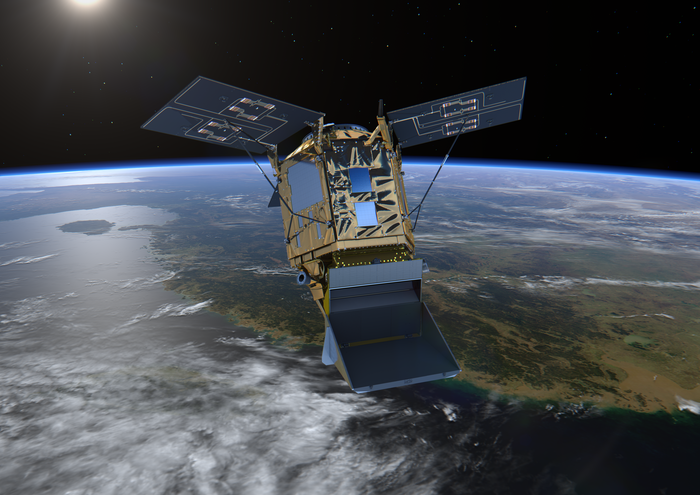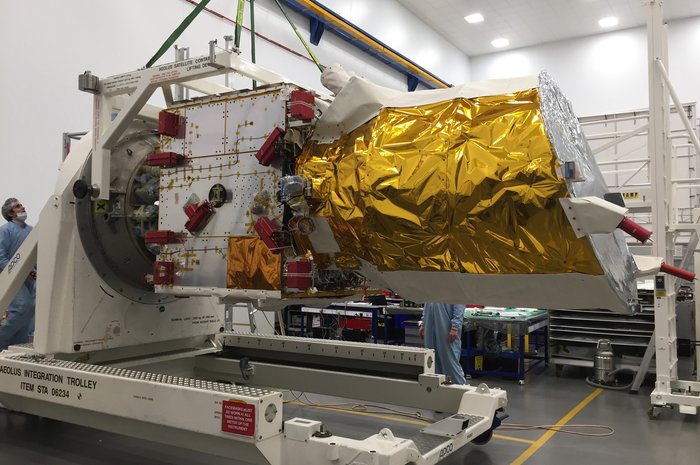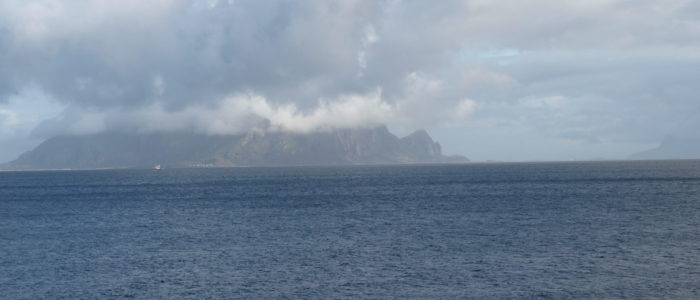In recent months, two satellites aimed at monitoring air quality and air circulation worldwide, were launched to cover especially European areas. Despite years of focus on improving air quality, many people do not have adequate quality to secure a good life. In order to detect undesirable elements in the air, as well as locating the possible sources, the Sentinel 5P satellite was launched late previous year, and in August this year the Aeolus wind satellite was launched. The first satellite is part of the Copernicus programme, while Aeolus is the fifth of ESA’s Earth Explorer satellites.
The Air We Breathe
Most people regard clean and fresh air as self-evident and an obvious part of their lives, however, unfortunately, millions of people worldwide are not so fortunate, causing serious health problems, and in many cases, also early death. The reasons vary from pollutive industry, increased motor traffic to compact populations etc., but the end result is the same, – reduced quality of life.
The situation with regard to the quality of the air for the Nordic countries is different from many countries around the world. People tend to live in sparsely populated areas compared to many other countries, the energy production is mostly based on hydroelectric power and the industry uses effective purification systems. However, some of the largest cities struggle with huge emissions from tight traffic.
The Missions
Sentinel 5P
 In order to stop undesirable emissions, one must be able to locate the source, and in this case, sensors in space are extremely valuable. Europe’s two satellites detect the sources on earth, and Sentinel 5P, launched late in 2017, detects undesirable gasses in the air and accurately locates the sources. Aeolus, launched in August, is ESA’s wind mission and provides solid indications as to where the pollution occurs.
In order to stop undesirable emissions, one must be able to locate the source, and in this case, sensors in space are extremely valuable. Europe’s two satellites detect the sources on earth, and Sentinel 5P, launched late in 2017, detects undesirable gasses in the air and accurately locates the sources. Aeolus, launched in August, is ESA’s wind mission and provides solid indications as to where the pollution occurs.
The Sentinel-5P satellite has delivered its first images of air pollution. One of these first images shows nitrogen dioxide over Europe. Caused largely by traffic and the combustion of fossil fuel in industrial processes, the high concentrations of this air pollutant can be seen over parts of the Netherlands, the Ruhr area in western Germany, the Po Valley in Italy and over parts of Spain.
Sentinel-5P, where P stands for Precursor, is developed to reduce data gaps between the Envisat satellite – in particular the Sciamachy instrument – and the launch of Sentinel-5, and to complement GOME-2 on MetOp. Sentinel-5P carries the most advanced sensor of its type to date, Tropomi. This state-of-the-art instrument can map pollutants such as nitrogen dioxide, methane, carbon monoxide and aerosols, all of which affect the air we breathe and our climate. As well as offering unprecedented details, the mission has a swath width of 2600 km, which allows the whole planet to be mapped every 24 hours.
Aeolus
 Aeolus is the first space mission to acquire profiles of the wind on a global scale. These near real-time observations will improve the accuracy of numerical weather and climate prediction and advance our understanding of tropical dynamics and processes relevant to climate variability.
Aeolus is the first space mission to acquire profiles of the wind on a global scale. These near real-time observations will improve the accuracy of numerical weather and climate prediction and advance our understanding of tropical dynamics and processes relevant to climate variability.
Aeolus is the fifth in the family of ESA’s Earth Explorer missions, which address key scientific challenges identified by the science community and demonstrate breakthrough technology in observing techniques.
The Aeolus satellite carries one large instrument, the Atmospheric Laser Doppler Instrument (ALADIN), which will probe the lowermost 30 km of the atmosphere. The satellite is designed to create a series of consistent global wind profiles for the first time (about 120 per hour). From orbit, the satellite will be able to provide wind profiles for the entire planet, including remote areas lacking ground-based weather stations.
ADM-Aeolus will fly in a rather low Sun-synchronous orbit at about 400 km altitude in a dusk-dawn orbit. The wind will be measured orthogonal to the flight direction at an angle of 35 degrees off-nadir on the night side of the Earth. An important factor in the satellite design is the need to minimise drag at the altitude chosen in order to minimise fuel consumption for orbit maintenance.
BOX
The Air
Molecules in the air include primarily nitrogen, 78%, oxygen 21%, as well as water, carbon dioxide, ozone, and many other compounds in trace amounts, some created naturally, others the result of human activity. In addition to gases, the atmosphere contains extras such as smoke, dust, acid droplets and pollen. The composition of the atmosphere changes constantly and depends on the season, weather, time of day, latitude, longitude, elevation, and geography.
Photo credit: European Space Agency.
Featured Image.
Nearly clean, fresh and healty nordic air. Photo: Nordicspace


